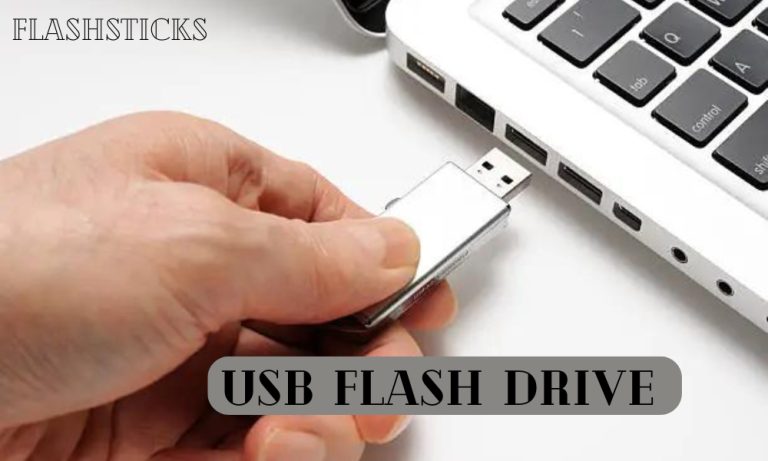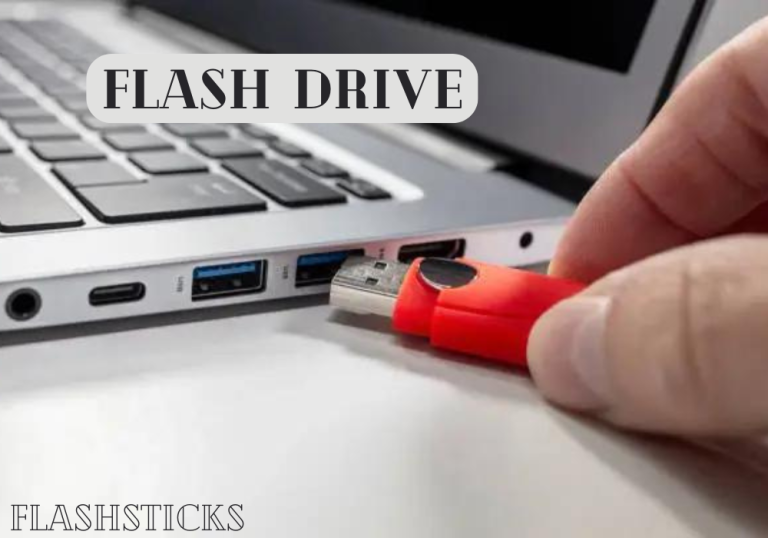What Are Flash Drives Used For? Comprehensive Guide
“Flash drives, also known as USB flash drives or thumb drives, are versatile and portable storage devices that have become essential tools in our digital lives. In this comprehensive guide, we will explore the various uses of flash drives, their benefits, and practical tips for making the most out of this handy technology. Whether you are a student, professional, or hobbyist, understanding how to effectively use flash drives can simplify your storage and data transfer needs.
Data Storage and Transfer
One of the primary uses of flash drives is to store and transfer data. Here are some common applications:
- Document Storage: Flash drives can store a variety of documents including word files, PDFs, spreadsheets, and more, allowing for easy access and sharing.
- Media Files: These devices are perfect for storing and transferring photos, videos, and music files.
- Software Installation: Flash drives can be used to hold software installation files, making it easier to install programs on multiple computers.
Data Backup
Flash drives can be utilized for creating backups of important data:
- Personal Files: Back up vital documents, photos, and videos to prevent data loss.
- Project Files: Keep backups of ongoing projects to ensure you have copies in case of accidental deletions or system failures.
- System Files: Create recovery drives for operating systems to use in the event of a system crash.
Bootable Drives
Flash drives can also serve as bootable devices:
- Operating System Installation: Use a flash drive to install or repair an operating system. This is especially useful if the computer does not have a CD/DVD drive.
- Diagnostic Tools: Carry diagnostic and repair tools on a bootable flash drive for troubleshooting computer issues.
Portable Applications
Flash drives can run portable applications directly from the device, without any need for installation on the host computer:
- Office Suites: Carry full office suites, like LibreOffice, to work on documents from any computer.
- Web Browsers: Use portable versions of web browsers to maintain your bookmarks and settings on any PC.
- Utility Tools: Access various utility tools for file recovery, system monitoring, and more.
Benefits of Flash Drives
| Benefit | Description |
|---|---|
| Portability | Small and lightweight, easy to carry. |
| Capacity | Available in various storage sizes up to several terabytes. |
| Durability | Solid-state design makes them resilient to physical impacts. |
| Compatibility | Compatible with most devices, including PCs, laptops, game consoles, and smart TVs. |
| Speed | Fast read and write speeds, especially with USB 3.0 and 3.1 versions. |
Practical Tips for Using Flash Drives
- Label Your Drives: Use labels or color codes to easily identify the contents of each flash drive.
- Regular Backups: Make regular backups of flash drive contents to prevent data loss.
- Security: Use encryption software to protect sensitive data stored on flash drives.
- Safely Eject: Always use the ‘safely eject’ feature to prevent data corruption.
Conclusion
From simple file storage and transfer to complex tasks such as running applications and creating backups, flash drives offer a wide range of uses that make them indispensable in today’s digital world. Their portability, capacity, durability, and speed are just a few of the benefits that make flash drives a preferred choice for both personal and professional use. By understanding their various applications and following practical usage tips, you can maximize the utility of your flash drives and ensure that your important data is always close at hand.
“`







